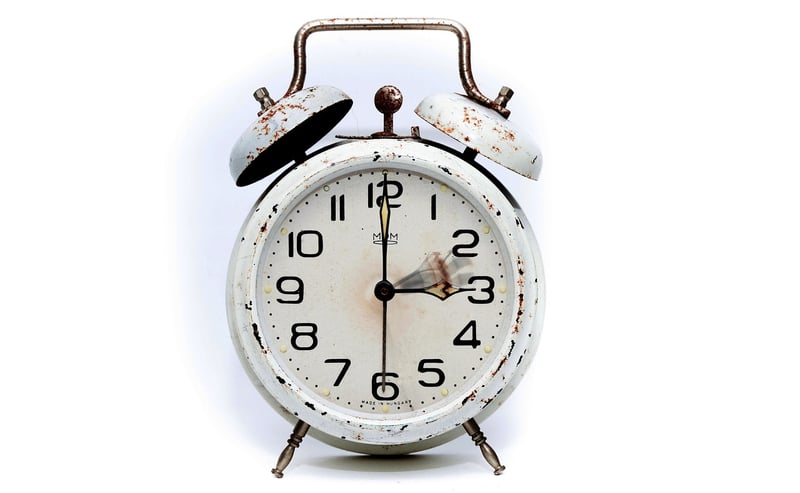Causality Loops
Dive into Temporal Paradoxes and Causality Loops
Temporal paradoxes and causality loops have long been fascinating topics in science fiction and theoretical physics. These mind-bending concepts challenge our understanding of time, causality, and the nature of reality itself. Let's explore these intriguing ideas further.
What are Temporal Paradoxes?
Temporal paradoxes, also known as time paradoxes, are situations in which the usual rules of cause and effect are violated within the context of time travel. One of the most famous examples is the grandfather paradox, where a time traveler goes back in time and prevents their grandfather from meeting their grandmother, thus preventing their own birth. This leads to a contradiction - if the time traveler was never born, how could they travel back in time to prevent their own birth?
The Mystery of Causality Loops
Causality loops, also called causal loops or closed causal loops, are events in which an effect becomes its own cause in a circular fashion. This creates a loop where the cause and the effect are intertwined and cannot be distinguished. A classic example is the bootstrap paradox, where an object or information is sent back in time and becomes the very thing that started the chain of events leading to its creation.
Implications and Theories
The existence of temporal paradoxes and causality loops raises profound questions about the nature of time, free will, and determinism. Some theories suggest that the universe may have mechanisms to prevent paradoxes from occurring, such as the Novikov self-consistency principle, which proposes that any actions taken by a time traveler were already part of the past and cannot change it.
Others speculate about the possibility of parallel universes or multiple timelines branching off to accommodate different outcomes resulting from time travel. These multiverse theories offer a way to resolve paradoxes by allowing for all possible outcomes to exist simultaneously in separate realities.
Conclusion
Temporal paradoxes and causality loops continue to capture the imagination of scientists, philosophers, and storytellers alike. While the debate about their feasibility in the real world remains ongoing, there is no denying the thought-provoking nature of these concepts and their enduring appeal in popular culture.

